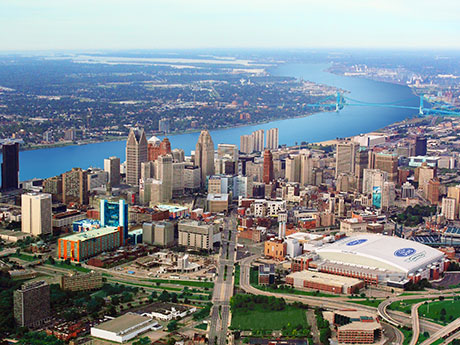A lot has changed in the world since the beginning days of the COVID-19 pandemic in early 2020. Fast forward to November 2021 and the world is a very different place. Over 46 million people have been infected in the United States alone with over 750,000 deaths officially attributed to the virus.
Most businesses have been forced to shut down in-person work for some period of time and many have instituted remote work programs until the beginning of 2022. The real question on everyone’s mind is when will we return to normal and more specifically, what will the new normal look like?
Although we will most certainly have to deal with the aftereffects of COVID-19 and any variants that surface, there is light at the end of the tunnel.
To date, approximately 427 million doses of the vaccine have been administered with over 192 million people fully vaccinated. Recently, Pfizer announced that it has developed an easy-to-administer COVID-19 pill, which when used in combination with a widely used HIV drug, can cut the risk of hospitalizations or death by 89 percent in high-risk adults who have been exposed to the virus.
Given the combination of vaccinations, natural immunity for those who have contracted the virus and the advent of therapeutics, it becomes apparent that the western world has a strangle hold on this terrible virus and the time has come to turn the page and look toward re-engaging the workforce.
The concept of working remote or “hoteling” workers was already gaining traction prior to COVID-19. The pandemic has expedited corporate planning for blending in-office and remote work settings. In many instances, the decision has already been made to shed space and to downsize the corporate footprint. This trend can clearly be derived if we analyze market statistics.
Market fundamentals
The office vacancy in the greater Detroit market stood at just over 9.8 million square feet in the first quarter of 2020, and grew to just under 10.9 million square feet in the third quarter of 2021. More telling is the divide between vacant and available space, which is a leading indicator of where the market is headed. Currently, there is approximately 4 million square feet of available space that is not yet vacant, which tells us that the downsizing trend will continue into 2022.
Other factors that must be considered when evaluating the health of the Detroit office market are the short- and long-term effects that the pandemic has had on the overall U.S. economy. Supply issues such as the ongoing computer chip shortage continue to plague the auto makers and inflation is a real worry as the U.S. government continues to pump money into the economy.
Protentional changes in the federal tax structure relative to capital gains and possible new taxes on the step up in basis for assets that are transferred when an owner dies are viewed by many as deterrents for investment in commercial real estate, which could have a negative effect.
Although there are real challenges ahead, there is also much to be positive about. The national unemployment rate has dropped to 4.6 percent, with over 531,000 jobs added in October 2021. The Dow Jones Industrial Average continues to set new highs fueled by strong corporate earnings.
The domestic auto manufacturers continue to perform well, which is, of course, the bellwether for commercial real estate in Detroit. In fact, Ford Motor Co. reported adjusted earnings per share of 51 cents versus 27 cents as expected for the third quarter, while GM reported adjusted earnings per share of $1.52 versus 96 cents as expected. Both companies expect increases in sales in 2022 as the chip shortage is mitigated and the interruption in the supply chain is eased. The investment by the auto makers and suppliers in the electrification of the car industry should also bode well for the commercial real estate market as suppliers jockey for contracts.
The past two years have certainly been uncharted territory for the business world and the coming months should shape up to be a volatile ride as real estate decisions are made. It is almost a certainty that there will be an increase in office vacancies in the short term with a rebound to follow.
Although opinions may differ on the merits of remote work, there is no denying the need for an in-person work environment offering collaboration and team building among employees as well as the establishment of a corporate culture.
These factors simply cannot be accomplished to the same degree when employees are not brought together in an office environment. This, coupled with the struggle between management and employees to find some happy ground between in-office and remote work, will dictate emerging trends relative to office leasing in 2022 and beyond. One thing is for sure, corporate America will always have an appetite for office space. The question is, how much?
Mason Capitani is managing partner with L. Mason Capitani CORFAC International. This article originally appeared in the February 2022 issue of Heartland Real Estate Business magazine.



